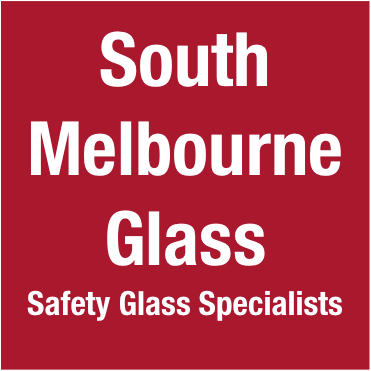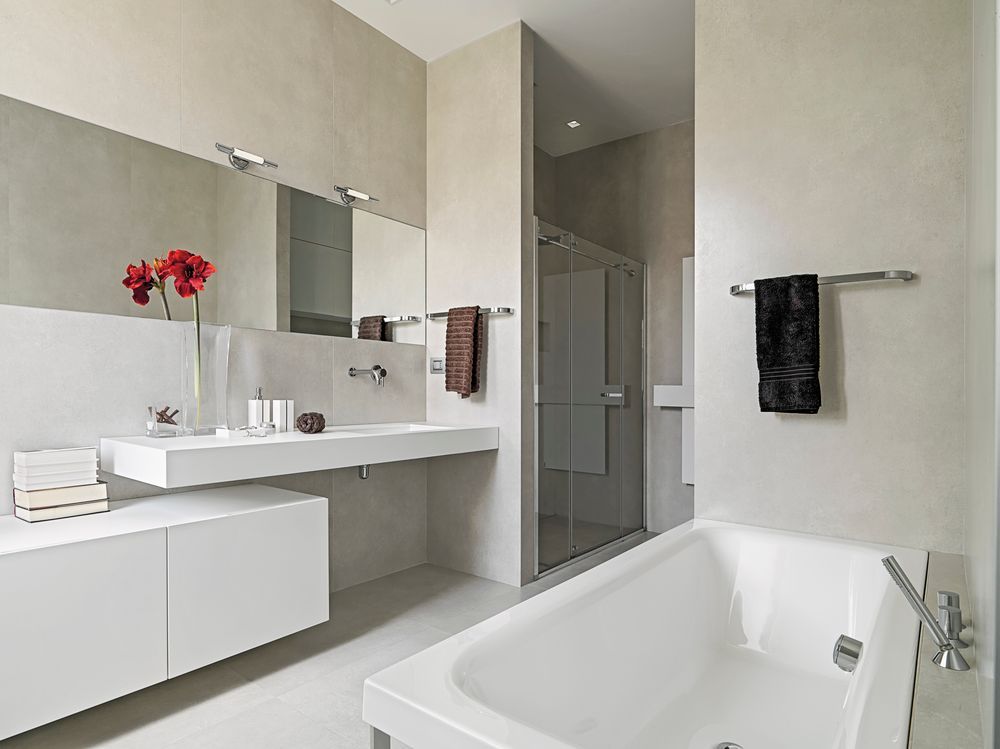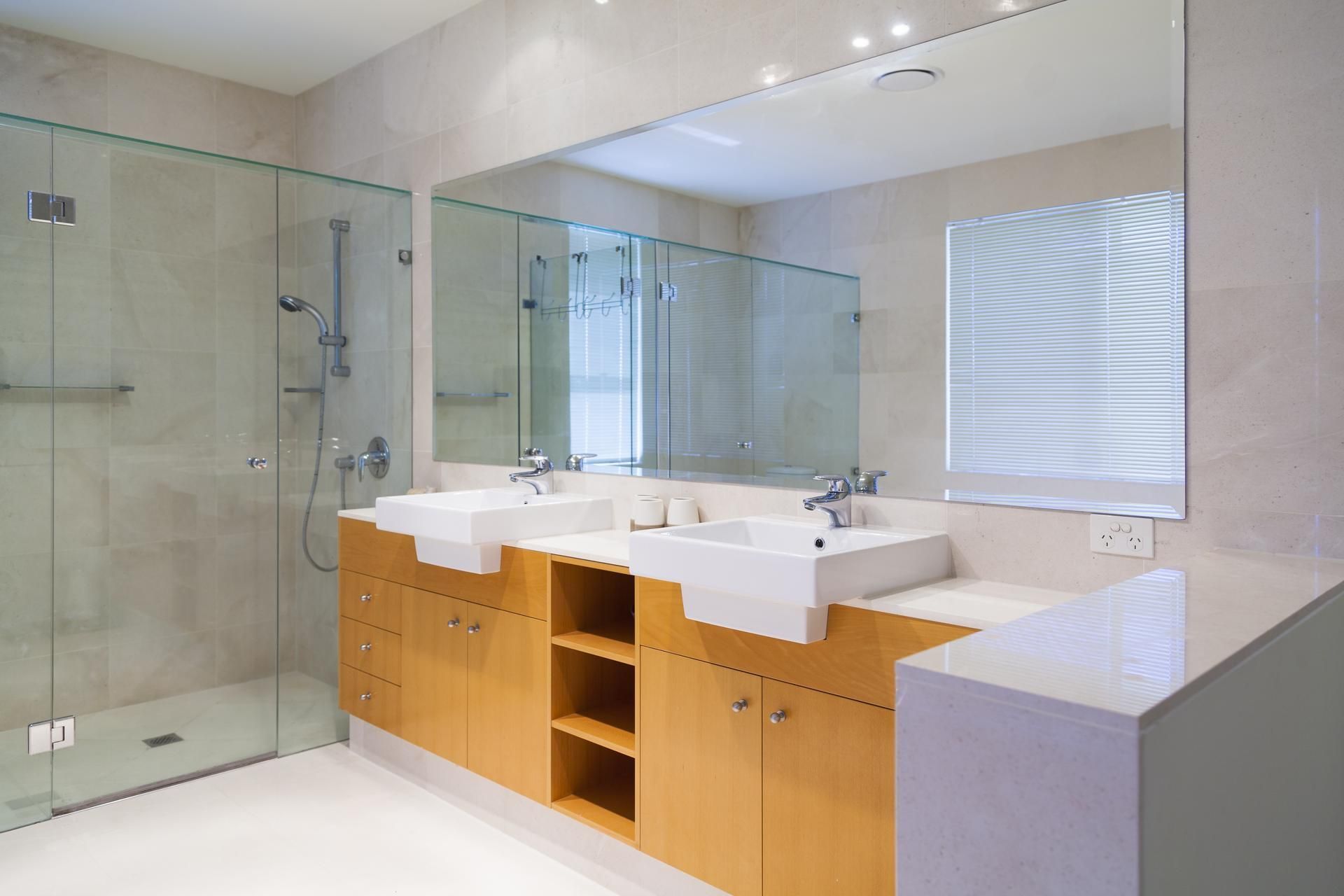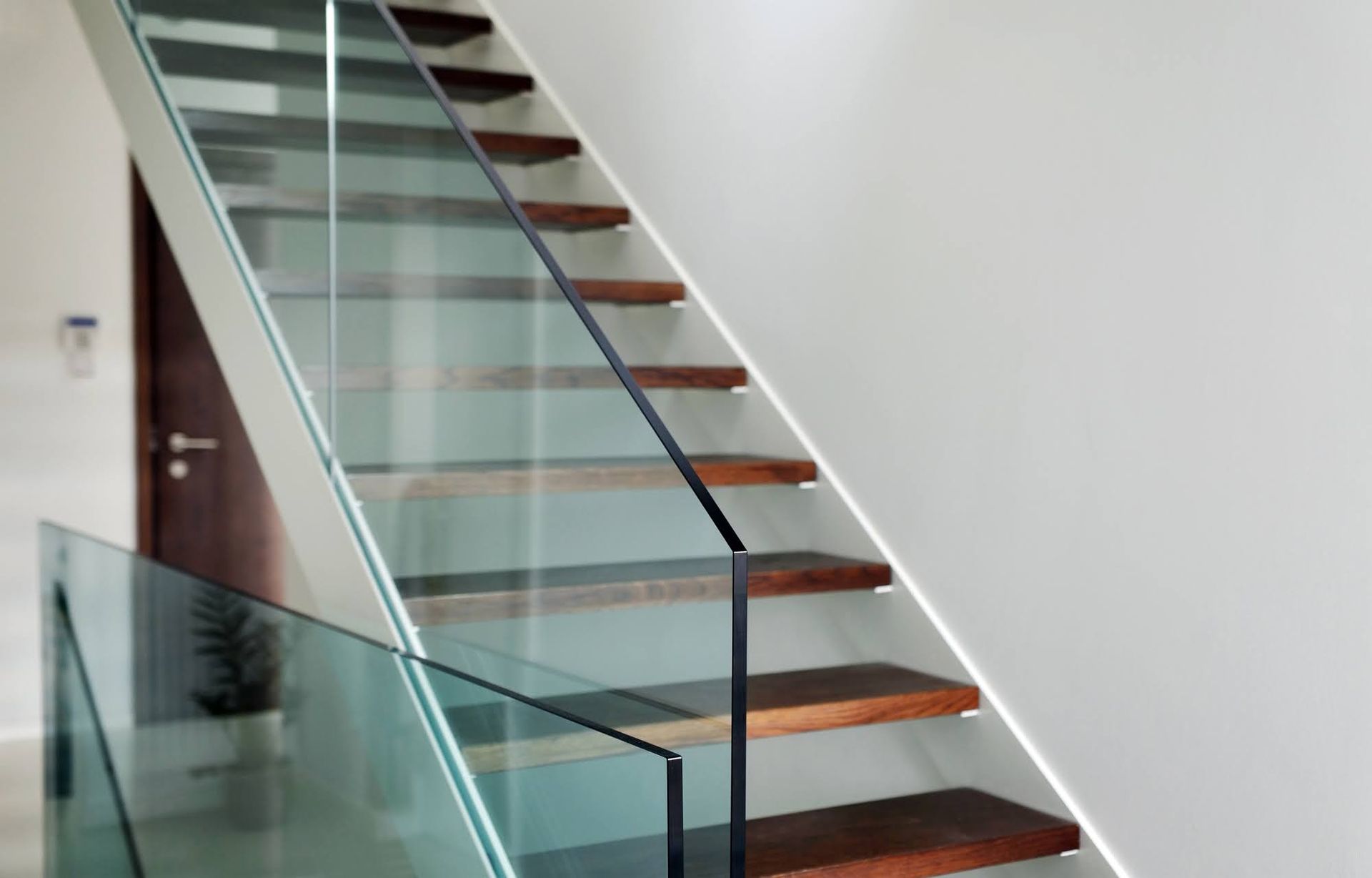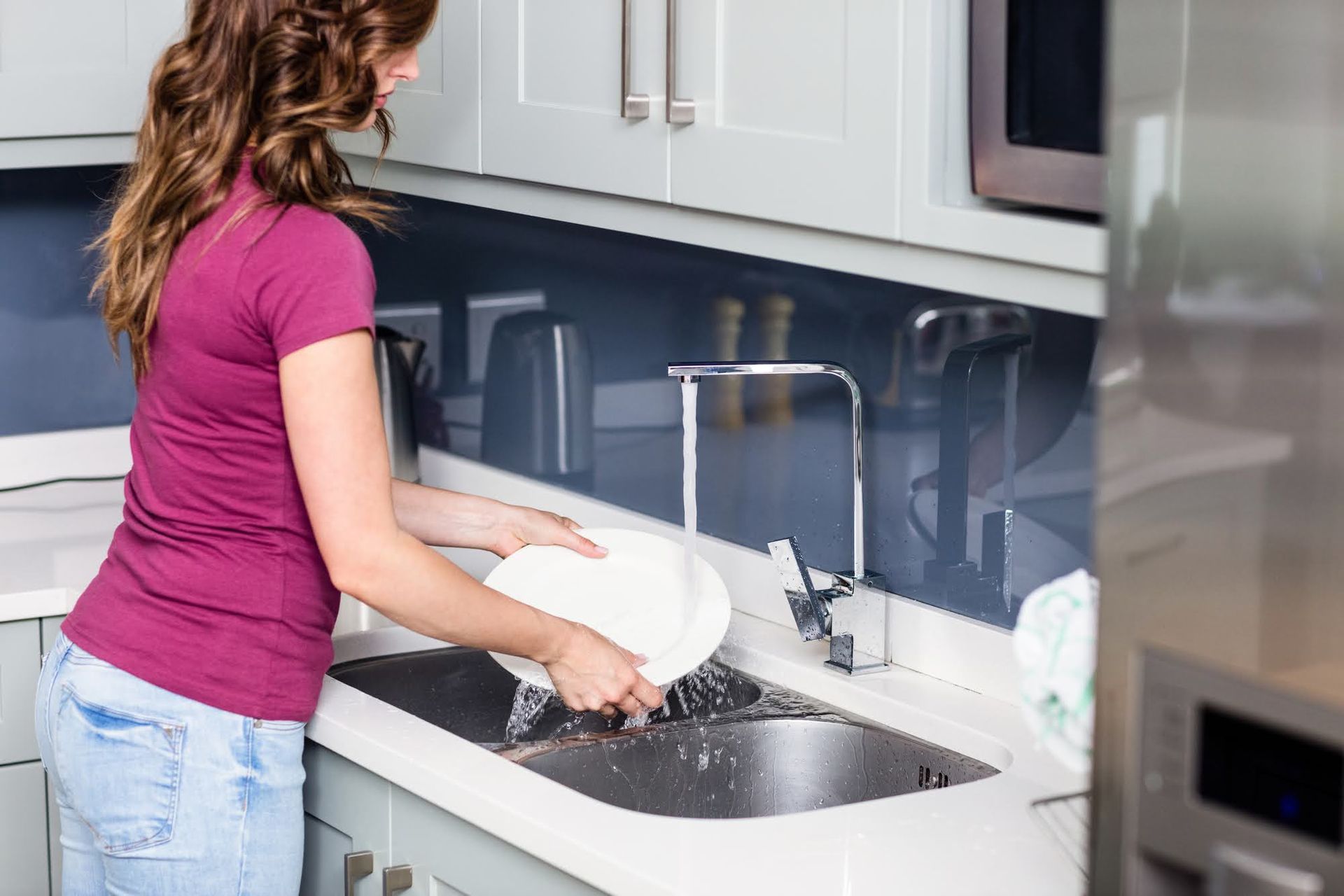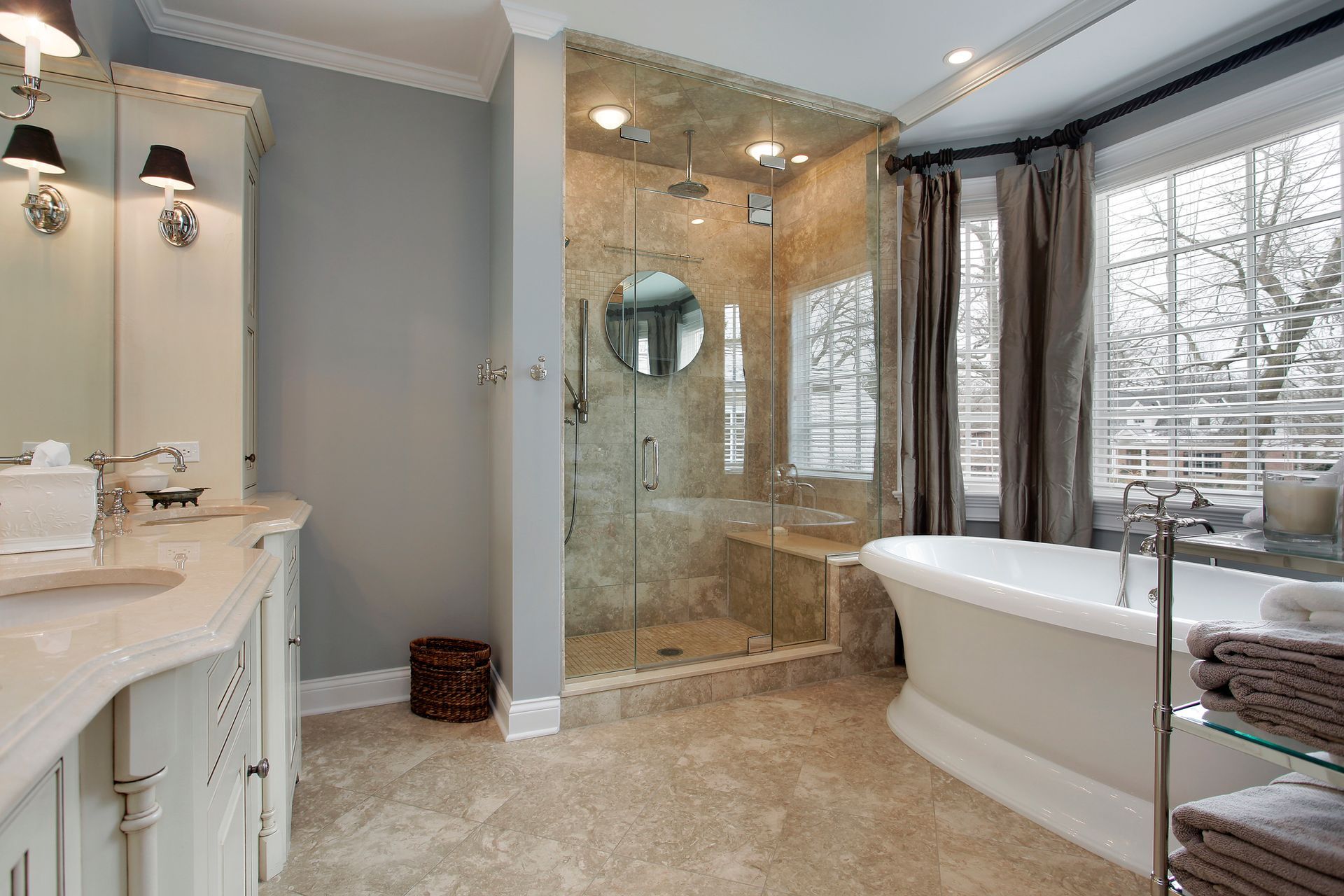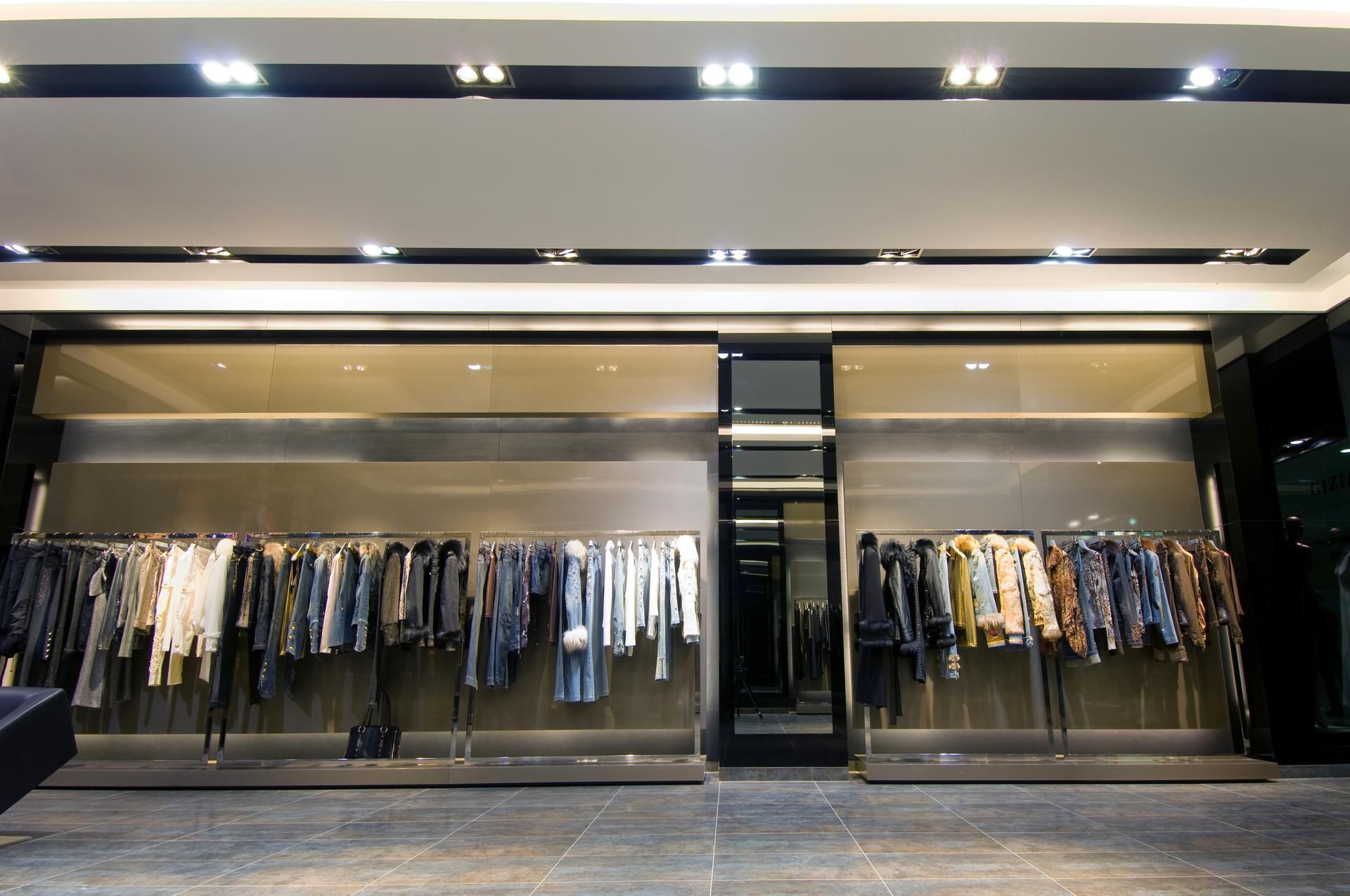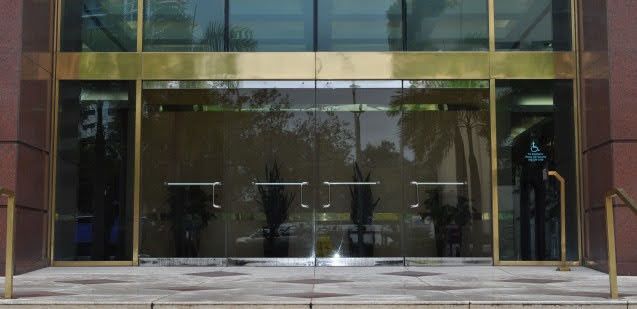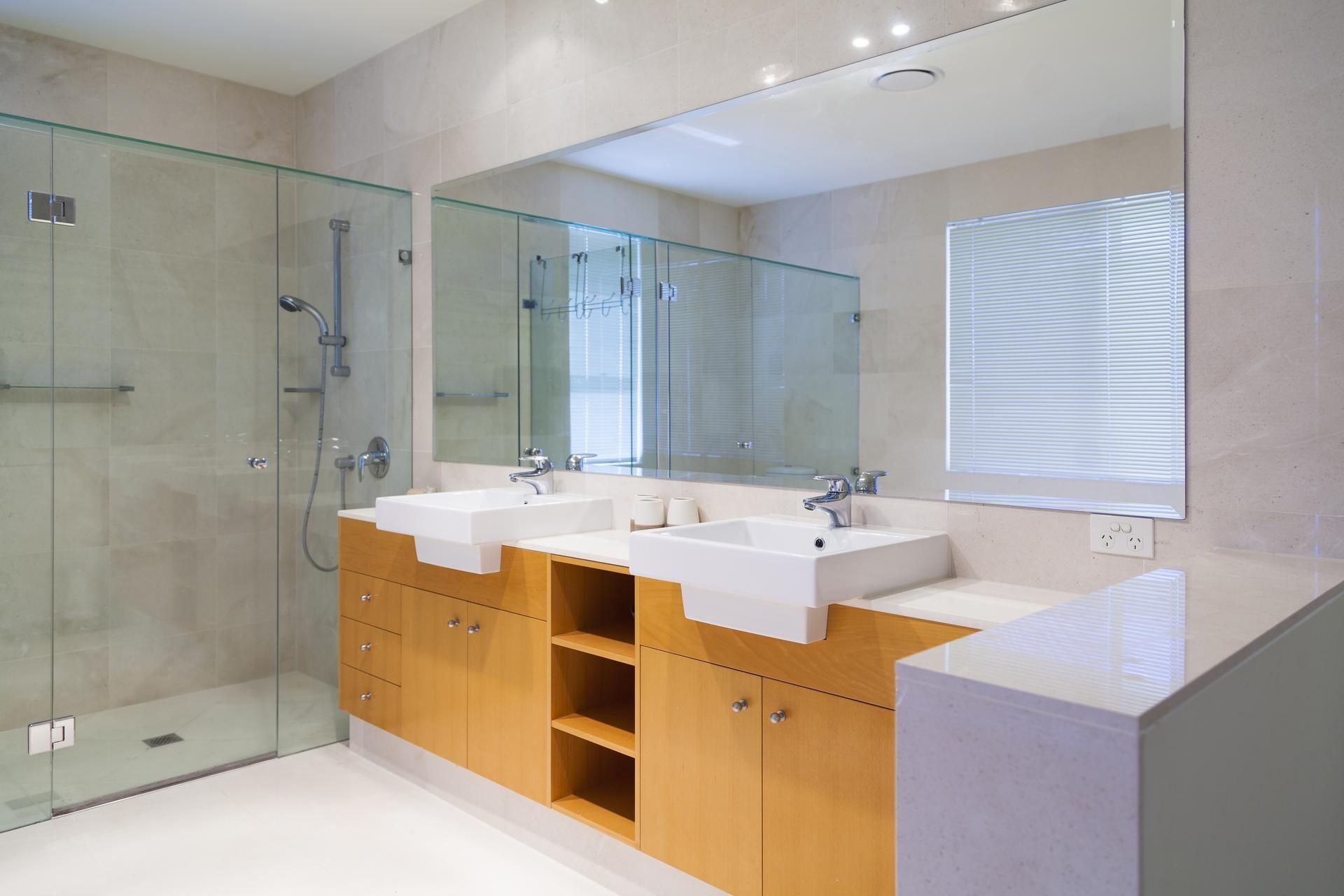IS LOW-IRON GLASS THE BEST OPTION FOR A COLOURED SPLASHBACK?
Installing a coloured glass splashback can give your kitchen design a finishing touch. You can use a colour that subtly complements your décor or one that makes a more radical statement.
While making the right colour choice is important, you also need to choose the right kind of splashback glass. For example, you may have to choose between regular clear glass and glass with a low-iron content.
What is the difference between the two? When is low-iron glass the best choice?
Why Is Low-Iron Glass Different to Regular Glass?
All glass contains some iron. While you may not think that iron content makes a difference, it can affect the colour of a splashback.
So, as you might expect, a splashback made from regular clear glass is transparent; however, the iron used to manufacture this glass will give the splashback a slightly green tinge. The glass isn’t completely colourless.
A low-iron glass splashback has less iron. This produces glass without a green tint. So, your splashback base will be colourless. While the difference between the two types of glass isn’t major, this may affect the final effect you get on a coloured splashback.
How Does Glass Tint Affect Coloured Splashbacks?
When you paint a regular glass splashback, you effectively paint onto a slightly coloured surface. The final colour you get is affected by the green tinge in the glass itself.
If you colour a low-iron glass, then you don’t have this problem. You get a better base and a truer colour on the final product.
When Is Low-Iron Glass a Better Option?
The green tint on regular glass doesn’t bother some people with general colour requirements. If you simply want a dark blue splashback, then the slight green differentiation you get on this glass may not be an issue.
However, times exist when it might be better to use low-iron glass. For example, having a clear base may be useful in the following circumstances.
You Want an Exact Colour Match
If you want your splashback in a specific colour shade or a custom colour, then low-iron glass may be your best bet. It can be hard to adapt colouring to compensate for the green tint on regular glass. Your splashback supplier can try to get a match, but this may be hard to achieve.
Working on a completely clear surface makes it a lot easier to get an exact colour match. Low-iron glass won’t affect the colour of the paint. So, the colour you choose is the colour you get.
You Want To Avoid Colour Clashes
While the green tint on a regular glass splashback may not affect some general colours, it can clash with others. For example, if you just want a green splashback, then you won’t worry about the glass’s tint. It may change the shade of green a little but won’t look out of place.
While this tinting may not affect darker colours so much, it may be more problematic if you want a lighter-coloured splashback. Here, the glass tint may change the colour to a different shade that clashes rather than blends in or makes the right statement.
For example, if you want a white or cream splashback, then the tint on regular glass may make your colour choice look like a light shade of green. This won’t give you the colour you wanted and may not match the overall colour scheme in your kitchen.
So, if you want a precise colour match or a pale-coloured splashback, then low-iron glass may give you the best results. If you want advice on how to choose the right colour and glass for a new splashback, then contact
South Melbourne Glass.
Phone:
(03) 9690 4982 | Email:
info@smglass.com.au
Address: 95 Thistlethwaite Street South Melbourne VIC 3205
AGWA-Australia Glass and Window Association - https://www.agwa.com.au/
Business Hours:
- Mon - Fri
- -
- Sat - Sun
- Closed



Phone:
(03) 9690 4982 | Email:
info@smglass.com.au
Address: 95 Thistlethwaite Street South Melbourne VIC 3205
AGWA-Australia Glass and Window Association - https://www.agwa.com.au/
Business Hours:
- Mon - Fri
- -
- Sat - Sun
- Closed



